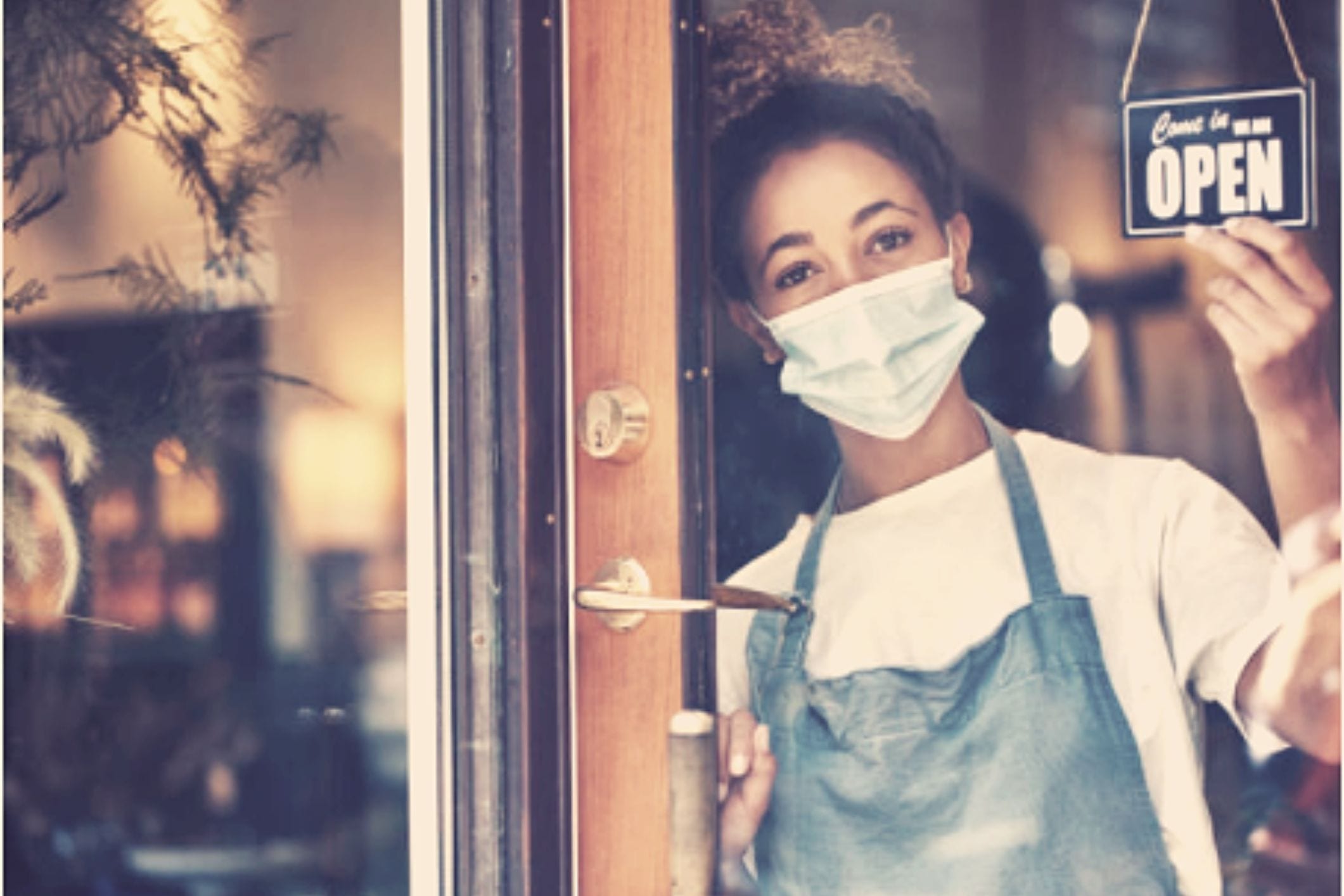
However, he went some way to addressing this on Friday, announcing national cabinet had agreed to a four-phase plan to get us back to something resembling our pre-COVID way of life.
It’s not yet very detailed, and no dates have been set out for the various phases. But we do have some idea of what’s being proposed, and Morrison said moving through each phase will depend on reaching vaccination targets determined from modelling, currently being undertaken by Melbourne’s Peter Doherty Institute.
The idea is to transition from our current priority of suppressing transmission of the virus, to a focus on the prevention of serious illness, hospitalisation and deaths.
Let me take you through each phase and what we know so far.
We are in Phase 1 now, and the aim is to continue to minimise community transmission.
Lockdowns may continue to be used in this phase, although only as a last resort.
The international arrivals cap will now be reduced by 50% to take pressure off our hotel quarantine system due to the increased infectiousness of the Delta variant.
Morrison has indicated he expects the cap to stay in place until at least the beginning of 2022.
However, the federal government will facilitate increased repatriation flights to Darwin for quarantine at Howard Springs.
Also, as part of this current phase, there will be a trial of home quarantine for fully vaccinated returnees. This will be for seven days rather than 14.
South Australia has already indicated it would be willing to take part in this trial.
Phase 2: Post-vaccination
In this phase, the international arrival cap will be restored to current levels for unvaccinated passengers, and a larger cap applied to fully vaccinated passengers.
Lockdowns would rarely be needed, and fully vaccinated people would have eased restrictions in any outbreak with respect to lockdowns or border closures. More students and economic visitors will also be allowed in.
Although no dates or vaccine rollout targets have been set, for us to reach Phase 2, we would clearly need a high percentage of our population to be fully vaccinated.
As it will take at least until the end of the year for the whole adult population to have received their first dose, Phase 2 is likely to kick in some time in the first half of 2022.
In Phase 3, COVID would be treated more like the flu, presumably with annual booster shots to account for new variants. Fully vaccinated Australians would be able to travel abroad.
There would be no lockdowns, no cap on returning vaccinated travellers, and no domestic restrictions for vaccinated residents. We would be able to have travel bubbles with countries in a similar situation.
There would also be increased, albeit still capped, entries for international students.
Realistically, we are probably talking about the second half of 2022 before we can enter Phase 3.
Phase 4: Final
Here life returns to relative normality, very similar to the way it was before the pandemic began. However, there would still be pre- and post-flight testing for unvaccinated arrivals, and a vaccine passport system will likely be in place. I imagine there will still be a focus on hand hygiene and coughing etiquette.
The plan depends to a large extent on vaccine availability, any new and more transmissible variants arising, and persuading enough Australians to get vaccinated.
It will create a two-class system of those who are fully vaccinated and who will have lots of freedoms, and those not. Although there are some people who, for medical or even religious reasons, might not be able to be vaccinated, for the vast majority, it is a choice.
Morrison’s statement says the plan will depend very much on the percentage of Australians 16 years and older who are fully vaccinated.
However, the Delta variant may be spreading more easily in children, although it’s not yet clear whether this is simply a function of the variant being more transmissible in general. It’s also unclear whether this leads to increased serious illness in those children infected.
Overall, I think the plan is sensible, if somewhat vague. Phase 1 calls for lockdowns to be a last resort, although I think this is a big ask given the low percentage of the population currently fully vaccinated. Singapore has proposed a similar plan, but is way ahead of us in its vaccine rollout, with more than 60% of its population likely to be fully vaccinated by August.
So, for those desperate for international holidays, there is light at the end of the tunnel. You can potentially start packing in the second half of next year.
Adrian Esterman, Professor of Biostatistics and Epidemiology, University of South Australia
This article is republished from The Conversation under a Creative Commons license. Read the original article.
I am surprised that the “plan” announced by the PM has received anything other than a big yawn.
The plan is well over due, very poor on detail and somewhat embarrassing.
If this plan had been submitted as an assignment at TAFE it would probably be a fail.